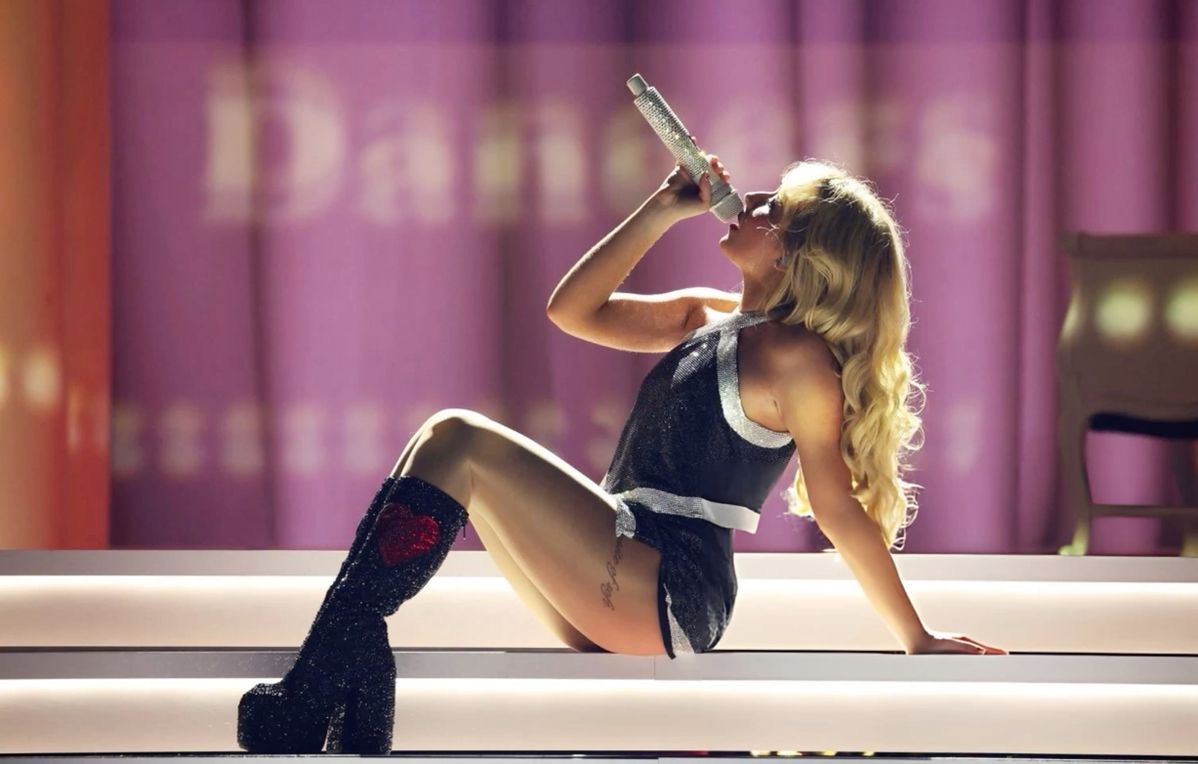simple model of the atom
1/21
Earn XP
Name | Mastery | Learn | Test | Matching | Spaced |
|---|
No study sessions yet.
22 Terms
compound
a pure substance made up of 2 or more elements chemically bonded and cannot be separated by physical means

ionic
metal and non metal

covalent
nonmetal

metallic
metals

the law of conservation of mass
there must be the same number of atoms on either side of the equation

half equations
represent only half of whats happening in a reaction involving electron transfer
one loses
one gains

ionic equation
used to indicate what happens to ions during reactions

mixture
a combination of 2 or more substances that aren’t chemically bonded together

filteration used to
separates an insoluble solid from a mixture of a solution

filtration method
filter paper placed in a filter funnel above a beaker
the mixture of insoluble solid and liquid is poured in
only liquid particles pass through and soluble solids
the filtrate is left

crystallisation used to
separated dissolved solid from a solution

crystallisation method
solution is heated
the solvent evaporates leaving a saturated solution
the solution cools slowly
the crystals are collected

distillation used to
separates a liquid and soluble solid from a solution

simple distillation method
solution heated and pure water evaporated producing a vapour
vapour passes through condenser and cools and condenses turning into pure water
only solid solute is left behind
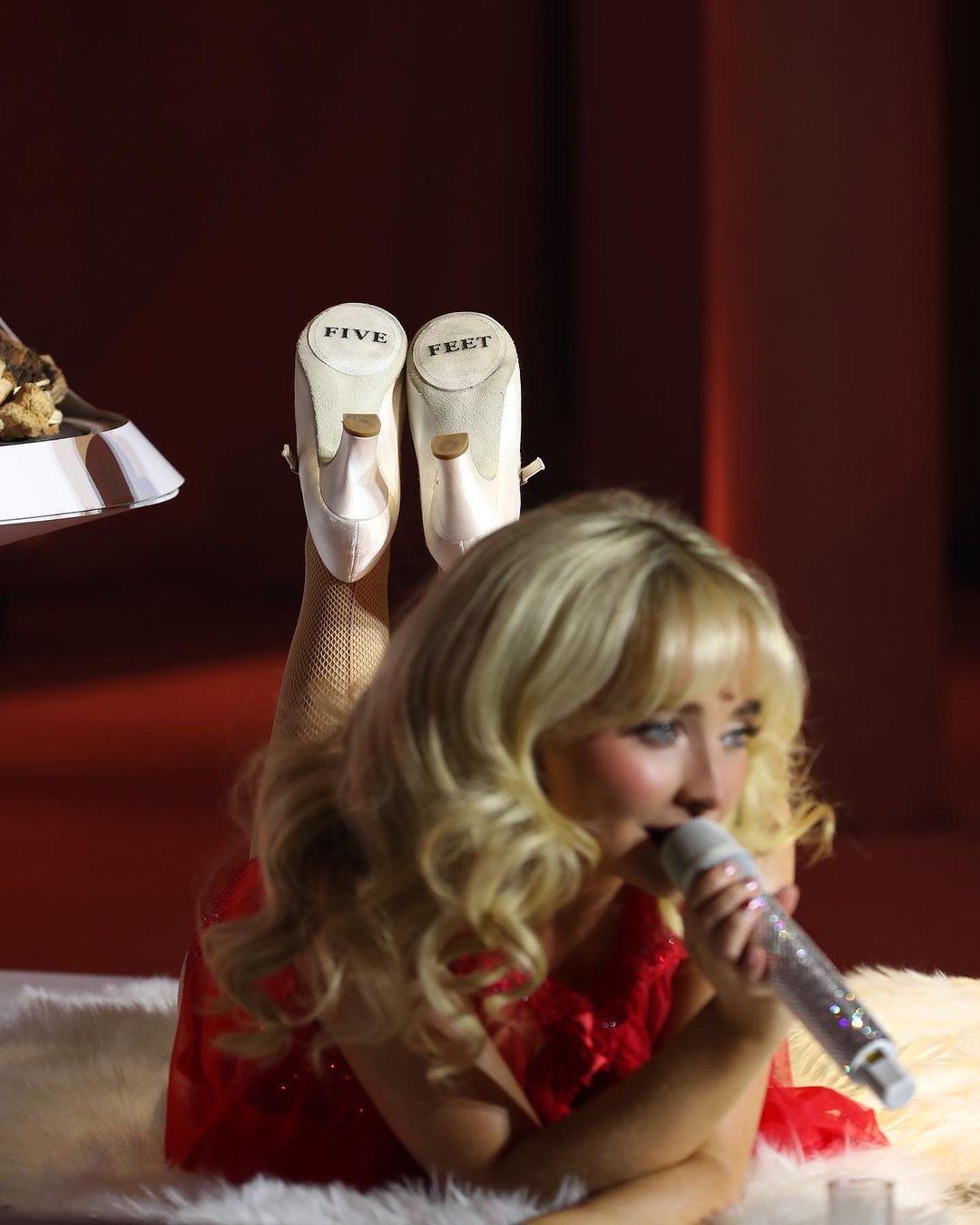
fractional distillation method
separates 2 or more liquids that are miscible
solution heated to the temp of substance with lowest bpt
substance will rise and evaporate and vapours cool and condense
leaves other components

1897
thomson plum pudding

1909
rutherford model
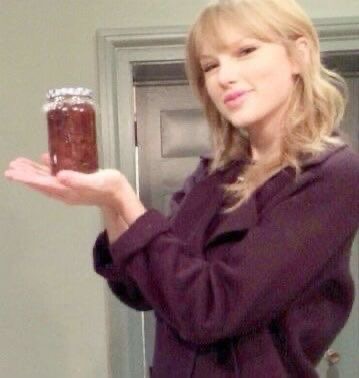
1913
bohr model
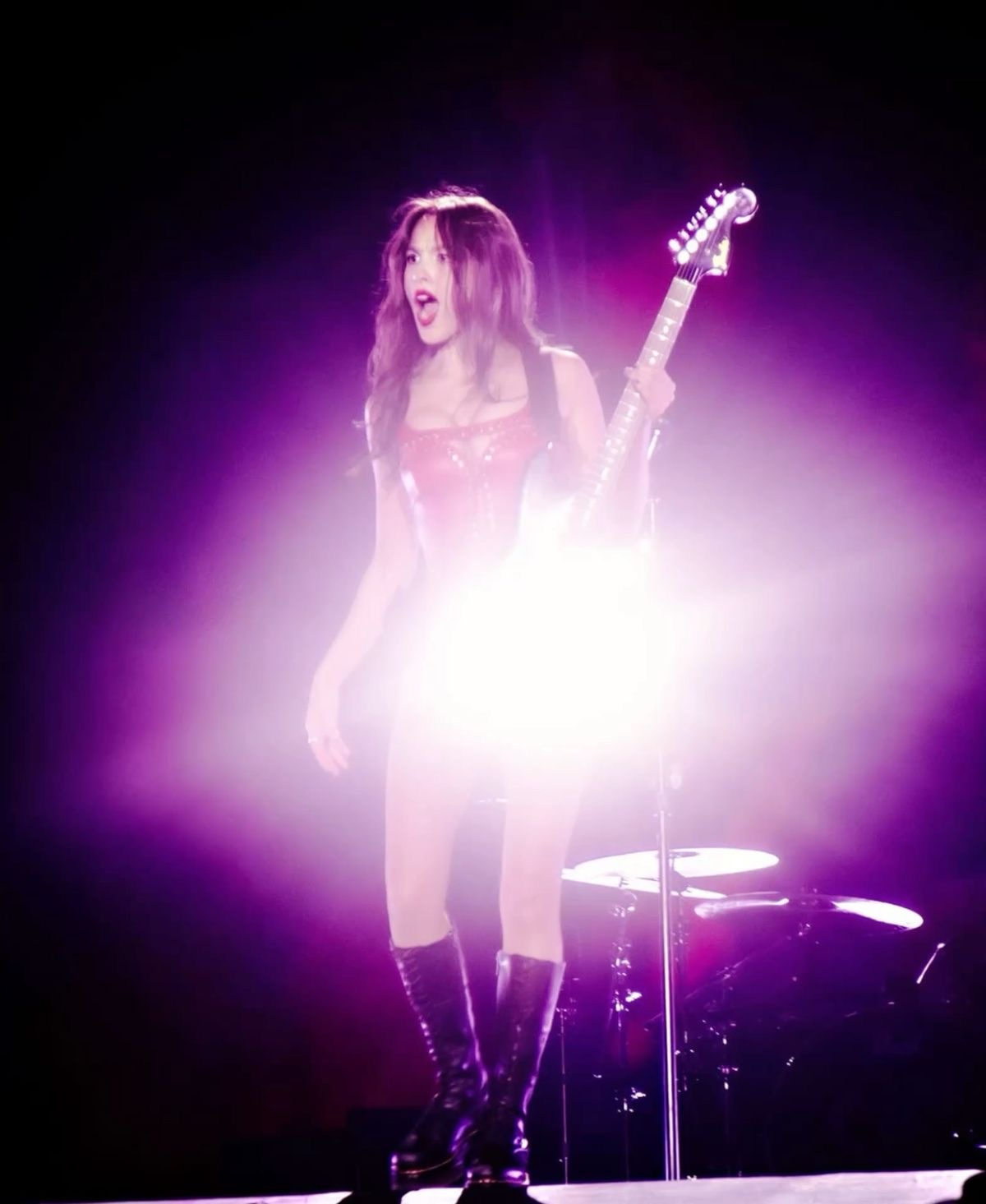
1932
current nuclear model
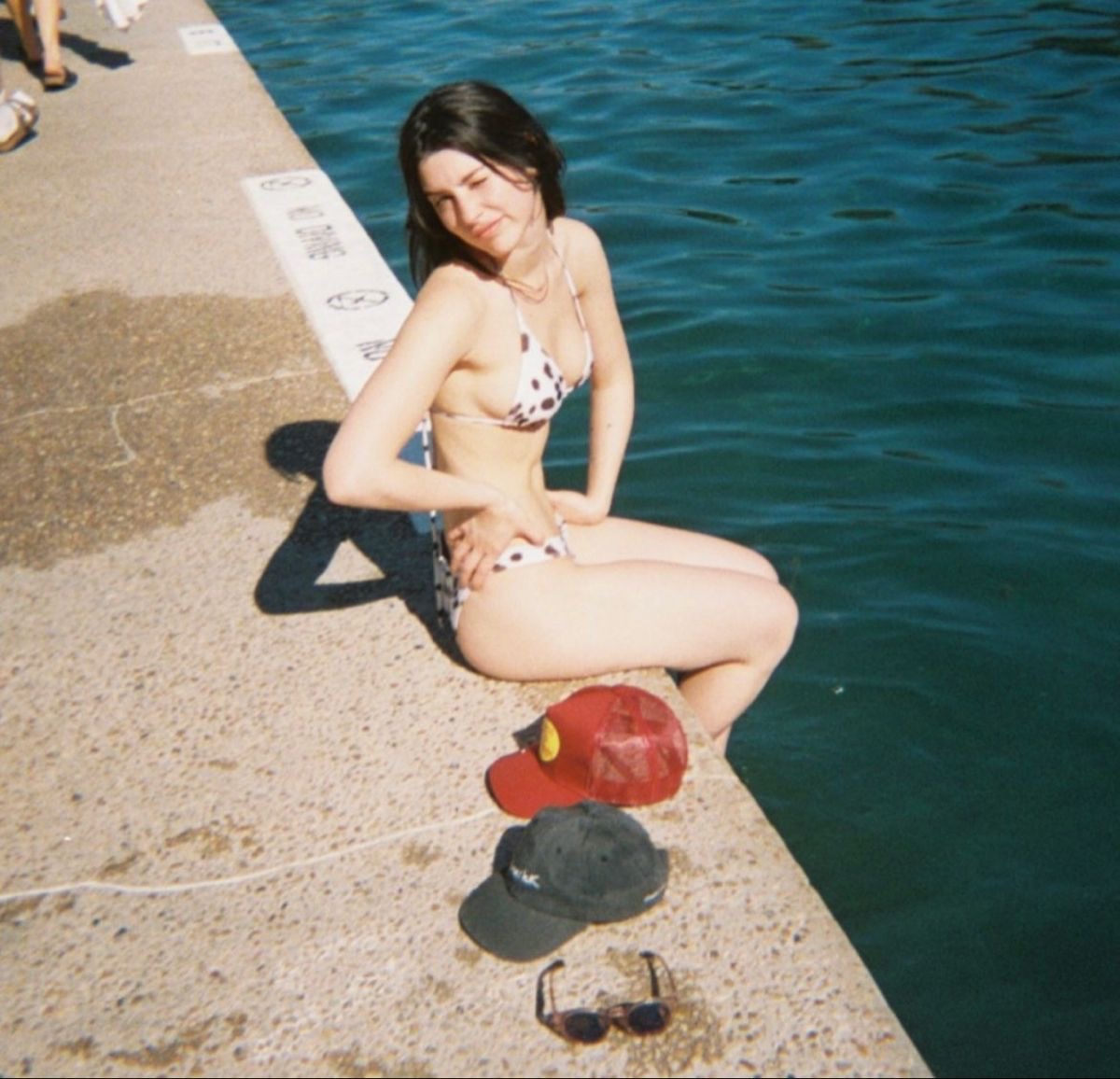
rutherfords scattering experiment
in 909
rutherford shot a beam of positive particles to gold foil
some scattered but some deflected directly back
discovered nucleus
atom is mainly empty space
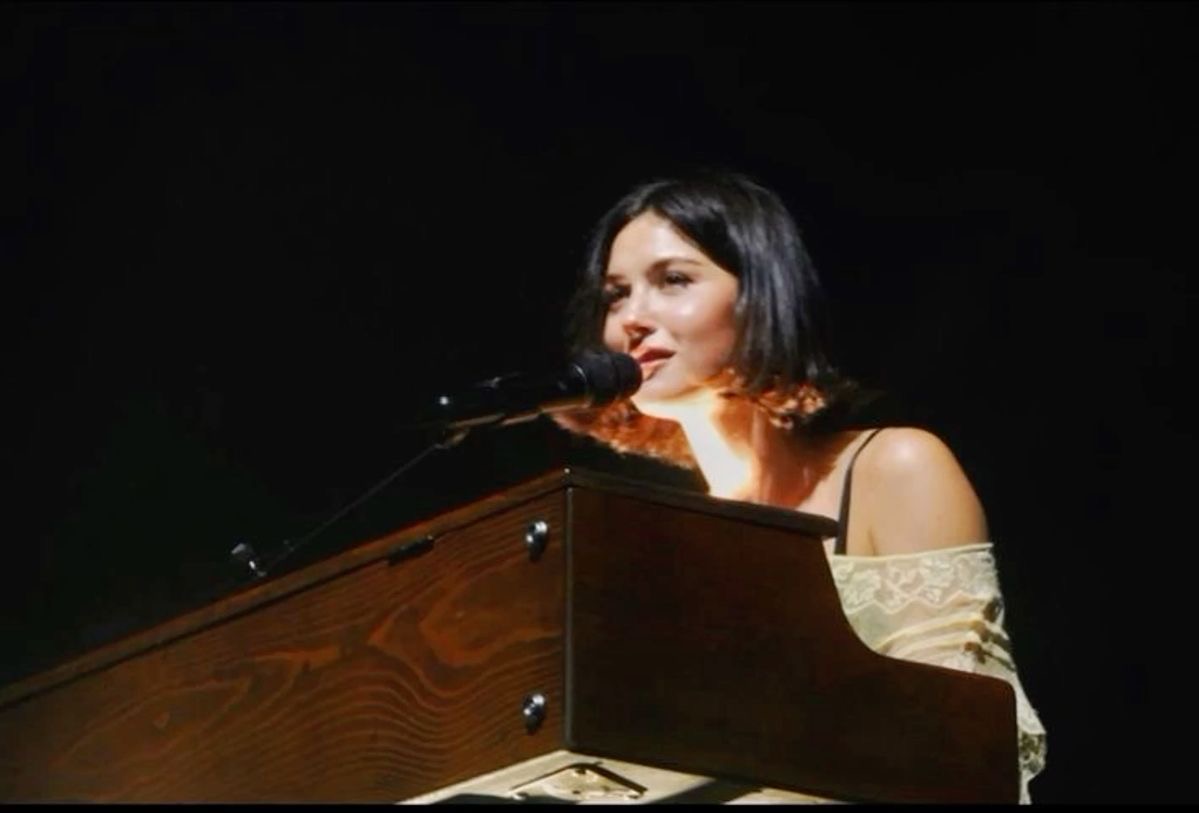
0.1nm
radius of atom

relative atomic mass
(% of isotope x mass) a + b / 100
